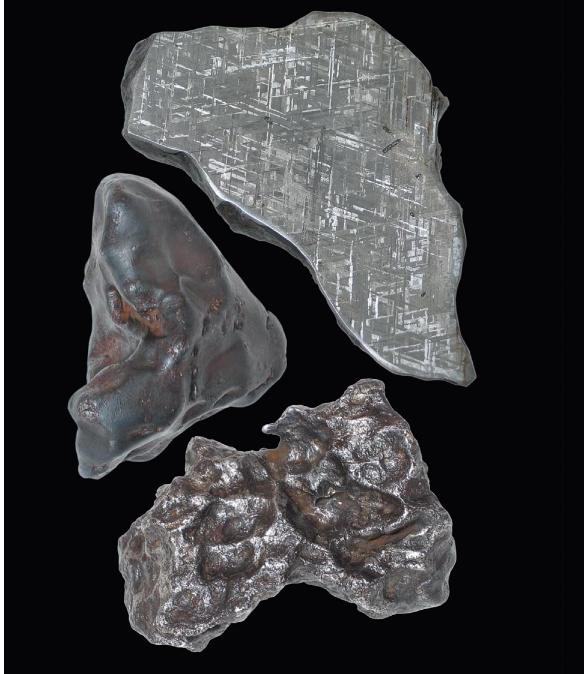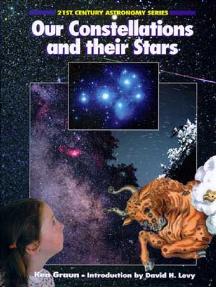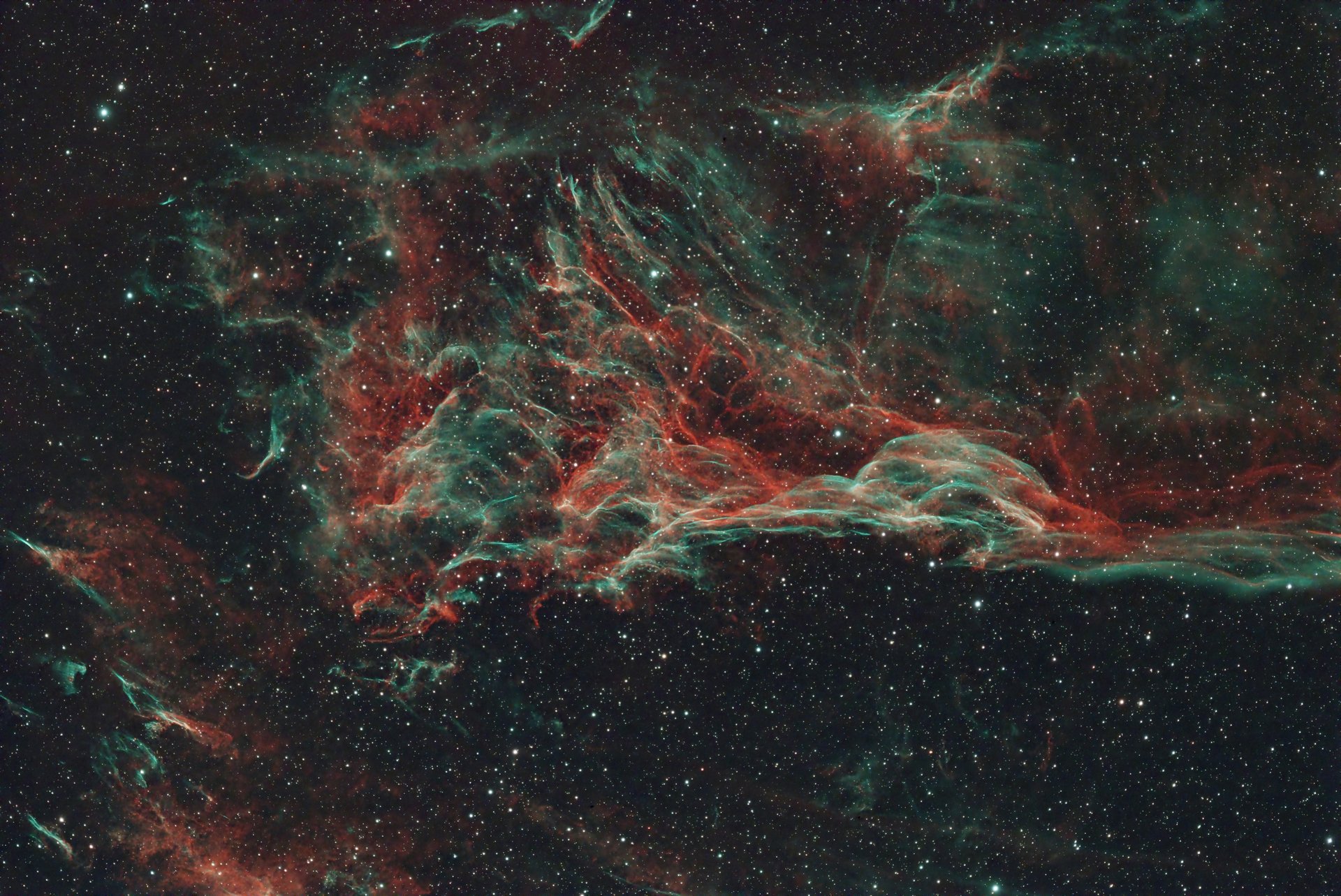PARADE OF PLANETS • January 2026
Happy New Year!
Not visible for a bit
Mars is too close to the Sun to be seen in the evening. It will start to reappear in February very low in the eastern morning sky just before the Sun rises.
EVENING
Saturn
is very high up the sky facing South
west after sunset. It is the brightest “star” in that area of the sky, but not “obvious bright” like Jupiter. It does NOT twinkle which helps to identify it as a planet.
Jupiter is in Gemini and rises in the East as the Sun is setting in the west. It is always brighter than any other “star” except for Venus. And, it will be amongst many of the brightest winter stars—a nice sight filling the eastern sky.
Venus
is visually close to the Sun so it is not visible. It will become an evening star in January, but it won’t be visible until February and then very low in the western sky after the Sun has set.
Remember • Twinkle Factor
The planets DO NOT normally twinkle like stars unless they are very close to the horizon or the atmosphere is extremely turbulent. So, even thought Saturn is not very bright, it is easier to identify because it does not twinkle.




